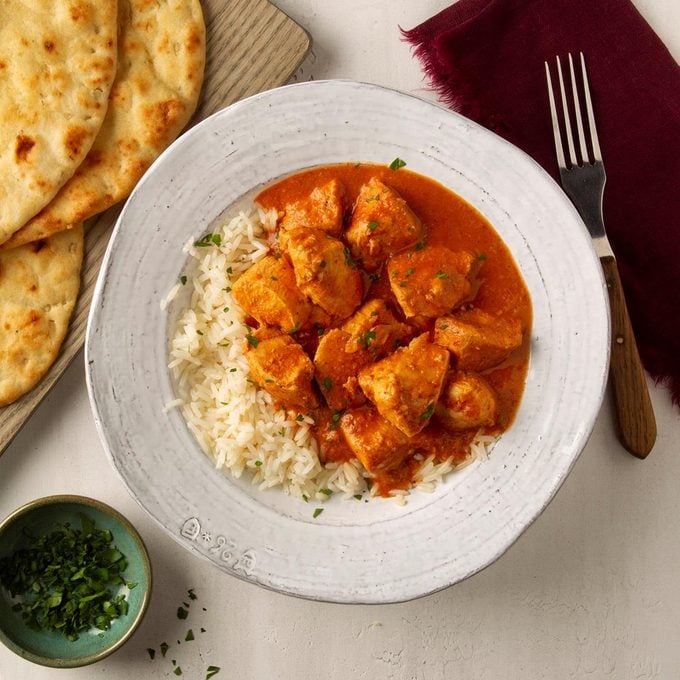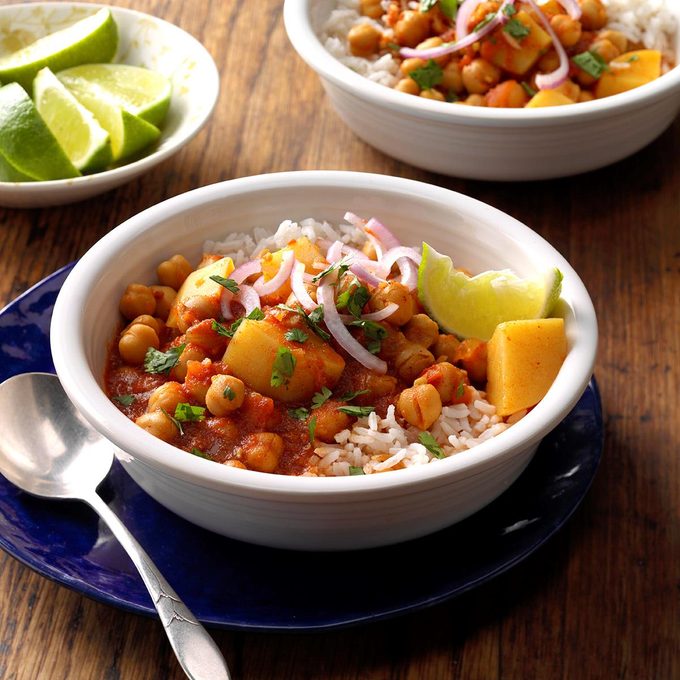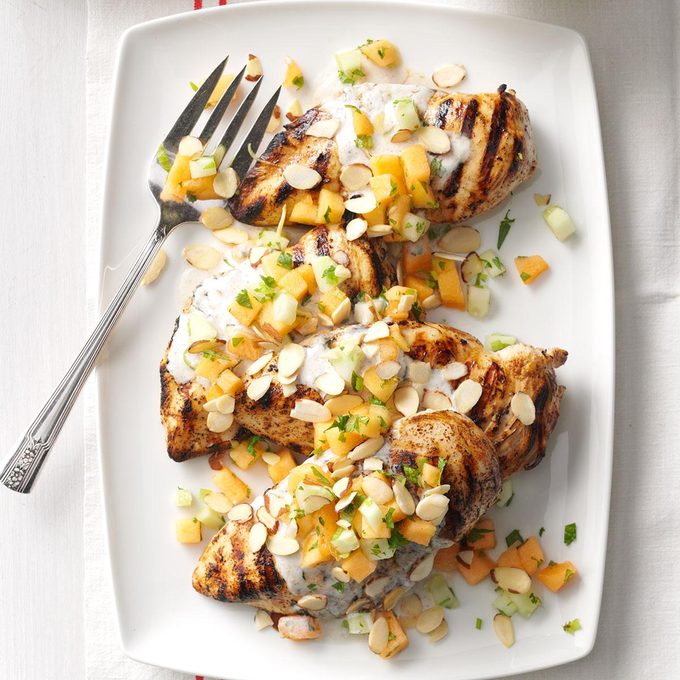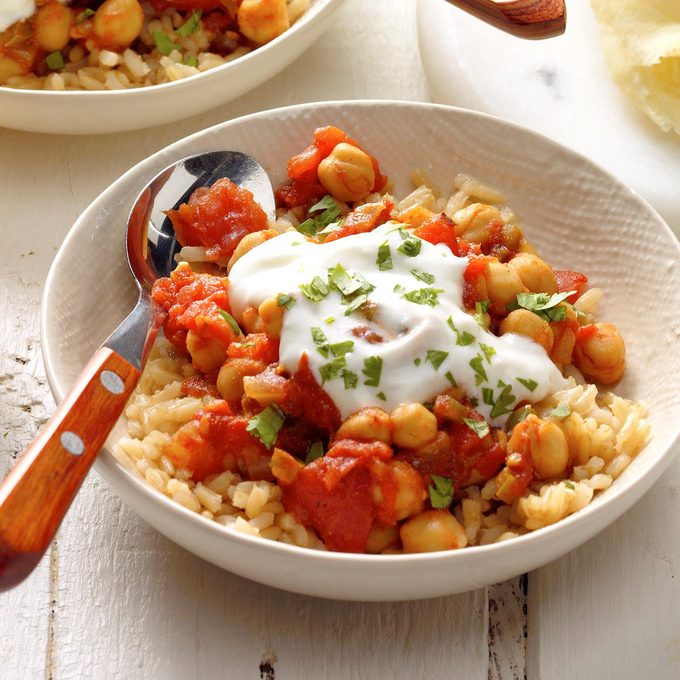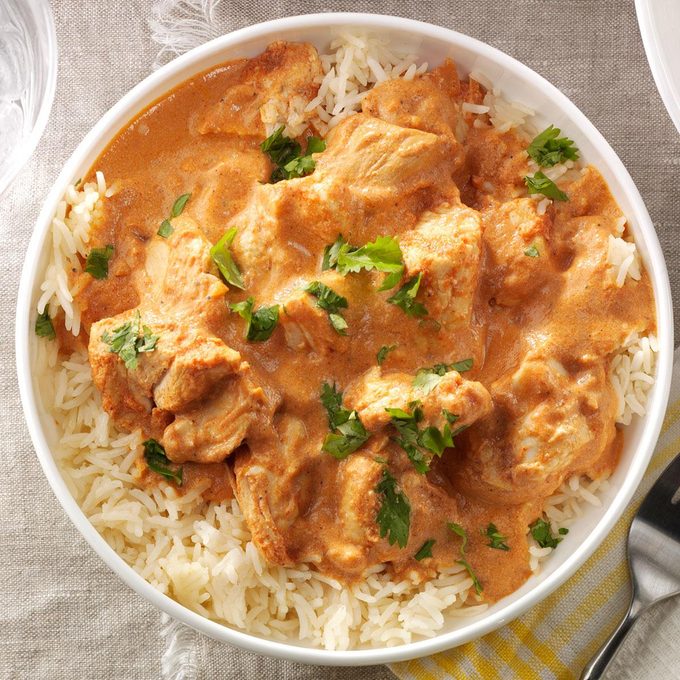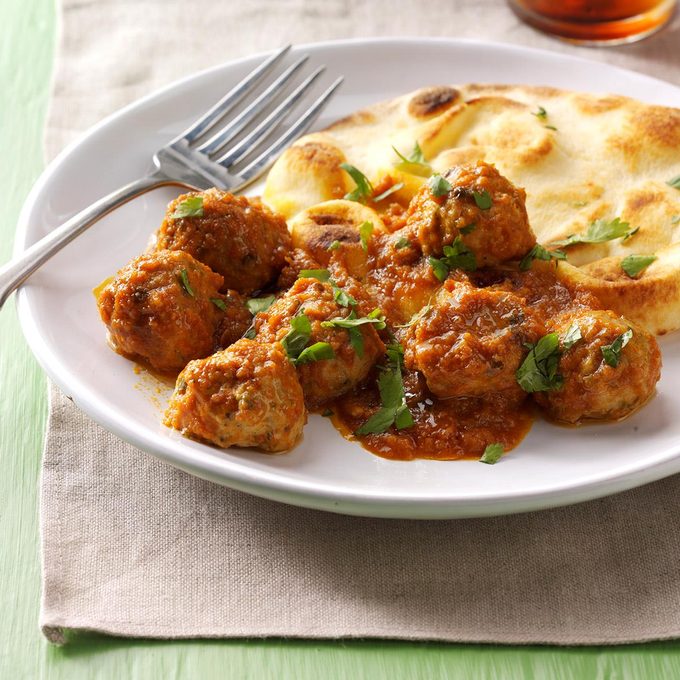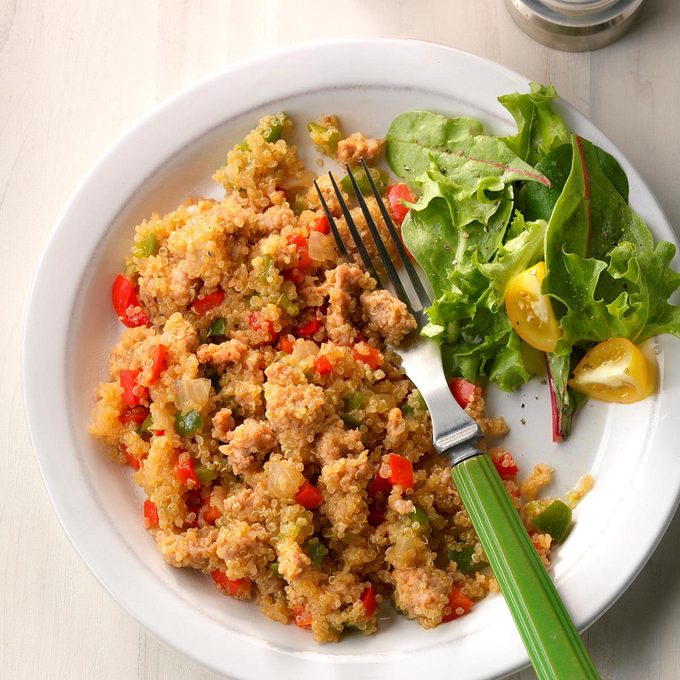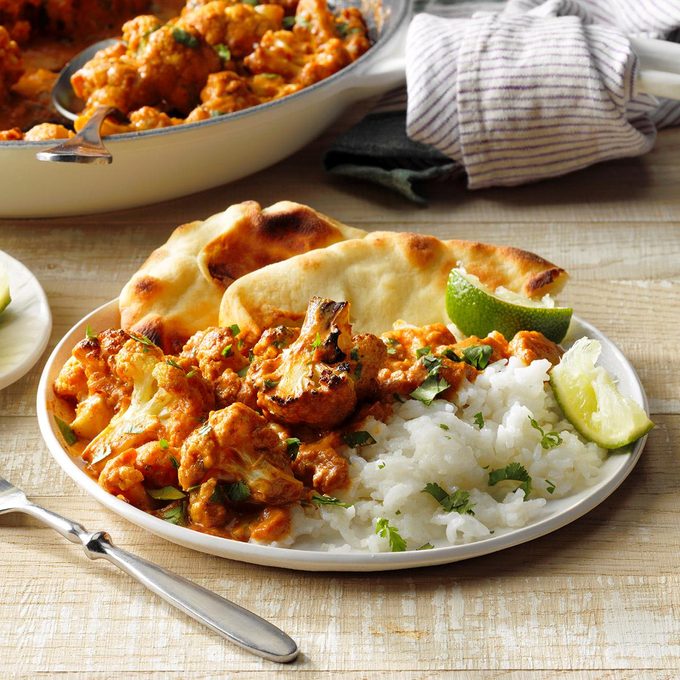People in the United States have stocked spice racks with curry powder since at least the 1700s. But you’d be hard-pressed to find anything labeled “curry powder” in a South Asian kitchen. Instead, almost all South Asian cooking combines individual spices with other staple ingredients such as onions, tomatoes, ginger and garlic to build the base of each dish. In Hindi, this base is often referred to as the masala.
It’s possible for anyone to transition from using curry powder to using individual spices that will help you build unique flavor for every dish.
If you’re new to South Asian cuisine, start with our beginner’s guide to Indian cooking.
What Is Curry Powder?
The definition of this fragrant spice blend is as dubious as its origins. It all begins with the word “curry.” The origins of this word can be traced back to the British occupation of India. British colonizers popularized a singular word curry to describe the many spiced dishes prepared by Indian cooks.
Enamored with Indian cooking, the British eventually began to bottle a generic blend of spices and brought it home to be sold as “exotic curry powder from the East Indies.”
“Curry Powder” Ingredients
Here’s a shortlist of key Indian herbs and spices. You’ll find these spices in almost any store-bought curry powder.
Should you want to create a curry blend at home for ease and consistency, here’s a basic recipe.
Turmeric
Turmeric has been a generations-long mainstay in the East, both as a health supplement and culinary staple. Grown as a root, turmeric can be used both fresh and dried in powder form. Its signature marigold hue gives most South Asian dishes their lively colors. Its pungent aroma, with earthy and floral undertones, adds brightness to any dish.
A little goes a long way. Add about ½ teaspoon of turmeric to your marinades for any protein or toward the beginning of your cooking process. Ensure this spice is cooked early in the process to allow it to bloom and release its flavors.
Cumin
Cumin can be used both whole (as seeds) and ground. This spice lends a distinct smokiness to many South Asian dishes.
For the best, most intense flavor, cumin seeds should be dry-roasted and freshly ground. Be sure to keep a close eye while dry-roasting the seeds, as they can burn quite easily. However, if you want to use store-bought cumin powder for ease, do so by all means. Similar to turmeric, cumin should be added toward the beginning of the cooking process to allow the spice to bloom.
Coriander
Coriander is actually the seeds of the cilantro plant. It carries an aromatic, herbaceous aroma with citrus notes and is the key to the fragrance of most South Asian dishes.
Like cumin, coriander should also be quickly dry-roasted and ground before using. Add about a teaspoon of coriander toward the beginning of the cooking process or to any marinade. You can also use whole seeds in pickling liquids for an herbaceous, citrusy element.
Chili Powder
Chili powder is perhaps the most prominent pantry staple in South Asian kitchens. It comes in different varieties, made with different types of chilies, and each has a distinct spice level and color. Most red chili powders found in the US are made with paprika or cayenne and tend to be milder than the ones traditionally used in South Asian cooking.
The rules for chili powder stay the same no matter what part of the world you’re in—use it to your taste and heat tolerance. For more heat, try Kashmiri chili powder made with dried long chilis grown in South Asia.
Garam Masala
Garam masala is an aromatic blend of spices that is widely popular in South Asian cuisine. Almost every South Asian kitchen anywhere in the world will have a jar of this concoction at the ready.
There is no definite recipe for garam masala, but almost all recipes call for a few essential dry spices, like cardamom, cumin, coriander, cinnamon and peppercorns.
Learn how to make garam masala.
What’s the Difference Between Curry Powder and Garam Masala?
The Hindi word garam directly translates to warm and masala is a term used to describe a blend of spices. The term garam masala refers to a blend of warm spices that adds complexity, nuance and of course, warmth, to any dish.
Garam masala is often confused as a type of curry powder, but it’s totally different. Traditionally, this blend of spices is warm and not necessarily spicy, unless you introduce chili powder to the mix. Unlike curry powder, which is mainly used to build the base of a dish, garam masala is used as a flavor enhancer. Think of it as a type of seasoning rather than a spice. The best way to use garam masala is to introduce it to your dish right as it’s done cooking. Just half a teaspoon of garam masala can liven up just about any meal.
Learn more about essential Indian cooking techniques.
How to Store Your Spices
Like any spices, the ingredients for curry powder are best stored in airtight containers, in a cool and dry place. Be sure the containers are clearly labeled to prevent any confusion. Don’t miss our genius ideas for spice storage!
The post What Is Curry Powder? appeared first on Taste of Home.
Anikah Shaokat
